Conservation Outcome Will Protect Wildlife Habitats
- Tags:
- Land Conservation,
- Recreation
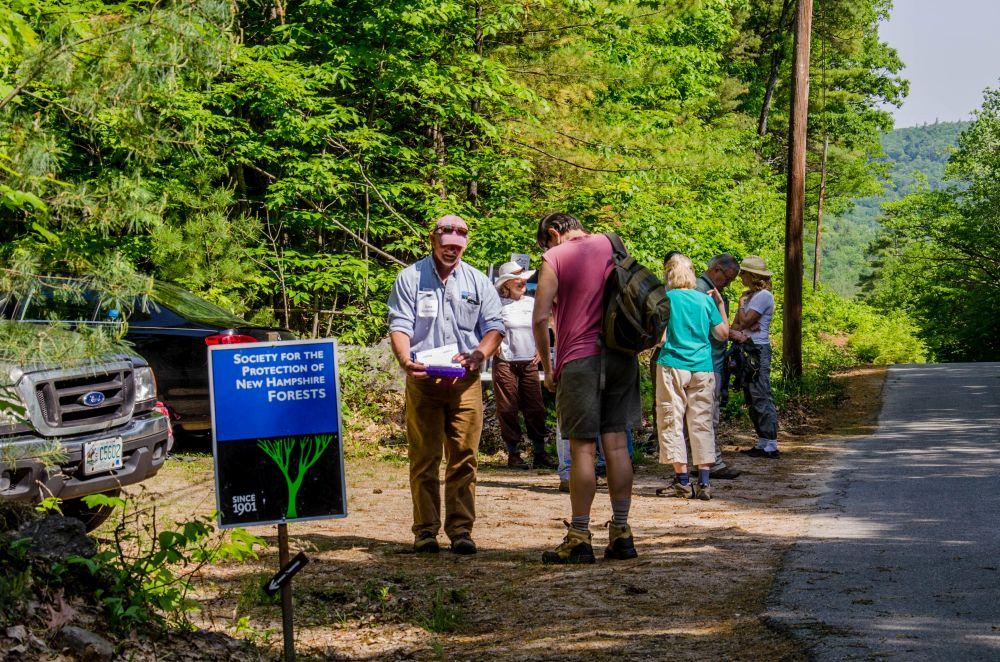
Welcome to a recent Forest Society field trip to visit the proposed 150-acre addition to Moose Mountains Reservation. Photo by Kate Wilcox.
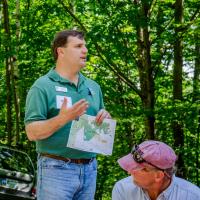
Welcome to a Forest Society field trip on a perfect day to explore the woods: sunny and warm with a good breeze to keep the insects at bay! We're headed out to explore the proposed 150-acre addition to the existing 2,325-acre Moose Mountains Forest Resevation in Middleton, N.H.
Brian Hotz explains the opportunity to enlarge the 2,325-acre Moose Mountains Reservation by buying a 150-acre forested property in Middleton. The owner of the land, located off New Portsmouth Road in Middleton, has offered the Forest Society a chance to buy the tract before it’s subdivided into houselots and offered on the open real estate market. The Land and Community Heritage Investment Program (LCHIP) committee has recognized the importance of this project by supporting it with a $112,500 grant. The Adelard A. and Valeda Lea Roy Foundation provided a generous grant to launch the private fundraising effort. Now, with the support of the Moose Mountains Regional Greenways, we are working to raise the additional $174,000 needed to secure the property.
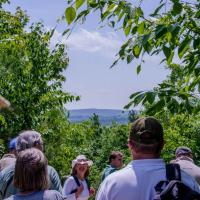
The Moose Mountains Reservation is a key part of a 22,000-acre forested area within N.H.’s coastal watershed. Conserving the 150 adjacent acres protects water quality, wildlife habitat and scenic values in this beautiful and rural region. This working forestland is part of the headwaters of the Salmon Falls River, a watershed noted by the U.S. EPA as among the most threatened watershed in the country due to continued land conversion and fragmentation of large tracts of open space in rural areas near expanding coastal population centers.
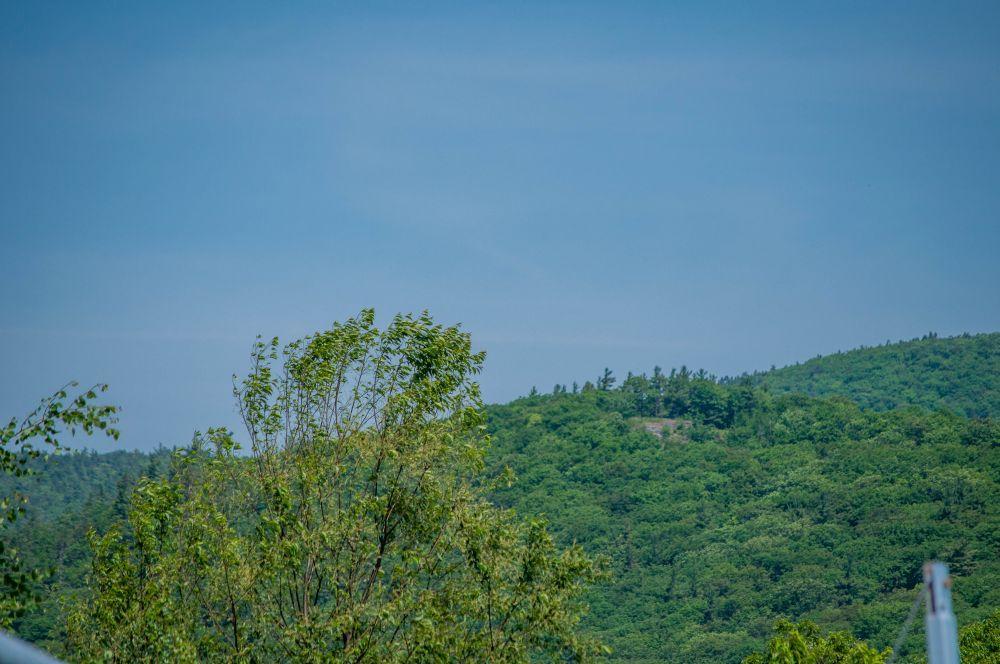
There are a few nice views somewhat limited by the tree canopy. Views include the adjacent Phoebe's Nable ledges on the Moose Mountains Reservation. The tract's existing access road and potential views with clearing would likely result in private homes being constructed on the tract if the Forest Society is unsuccessful in raising the funds to purchase this tract.
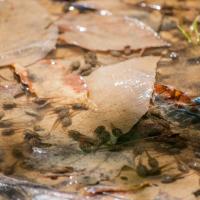
Look closely - as the water pooled in the woods road dries-up, many small tadpoles - most likely these are larvae of American Toads - became trapped in the evaporating water. A dry May creates challenges for the vernal pool amphibians that rely on temporary, ephemeral pools of water for breeding. The advantages of these pools is that there are no fish predators.

The disadvantage becomes obvious as pools dry rapidly.The stranded tadpoles created an interesting dilemma for the field trip participants tempted to rescue stranded tadpoles. We also discussed the opportunity for feeding birds or possibly a hungry mink or other passing weasel. It's hard not to feel sorry for teeming tadpoles trapped in a drying pool. The extraordinarily dry May contributed to this plight.
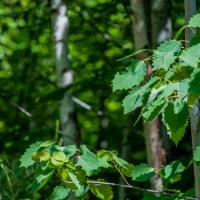
Forests are important to water and air quality of the surrounding landscape. Billions of spring-green leaves of fast-growing big tooth aspen - a great wildlife habitat tree - filter air pollutants and move water from soil to atmosphere via transpiration. The 150-acre addition is a young forest of white birch, white pine, pin cherry, trembling aspen and big toothed aspen - all sun-loving pioneer species. These young forests provide great habitat for neotropical warblers. We heard many persistent songs of Chestnut-sided and Northern Parula warblers actively singing along the main woods road access through the tract.
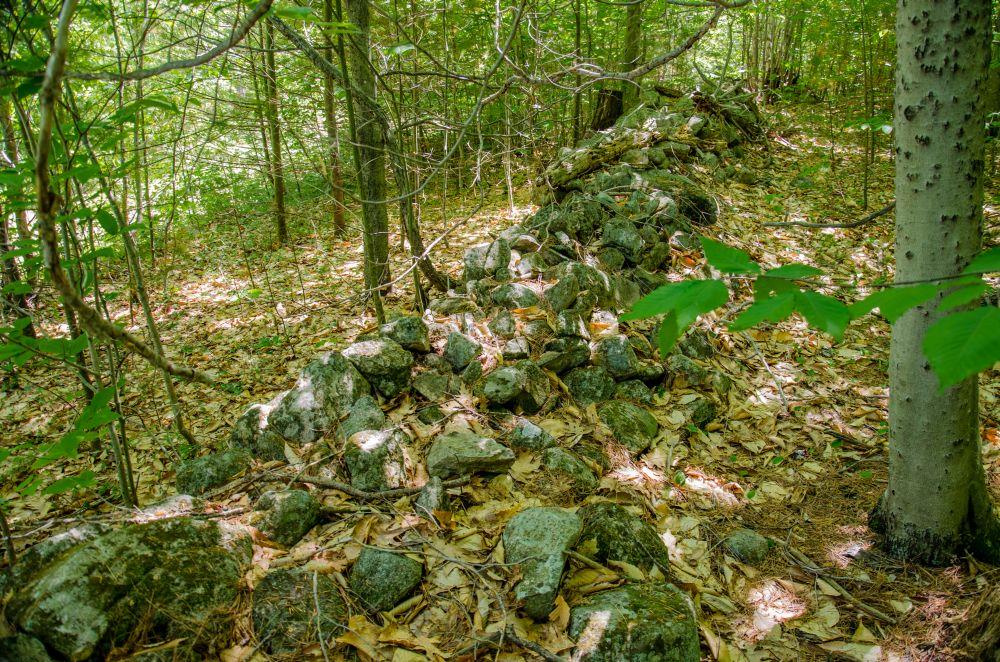
Interior forests contain American beech trees - the photo shows a beech tree pocked by scale and a stone wall near a site where small stones had been removed for agricultural use as tillage in long-abandoned fields of a farm in the former neighborhood of New Portsmouth.
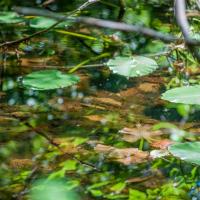
Wetlands and young forests provide rich wildlife habitats. The forest includes common songbirds and wildflowers that favor sunny, young forest habitats. It's a great place for hiking and wildlife watching. You can help us to protect this tract right now.
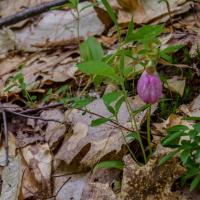
This land conservation project will benefit hunters and wildlife watchers as well as diverse wildlife, from the frogs and salamanders that breed in this property’s many vernal pools to the roaming moose, bobcats, deer and bears that utilize this large, intact habitat.
